Özvatan
Özvatan is a district of Kayseri province. The oldest ruins in the district are the Harsan and Zırha Castles, located on the banks of the Kızılırmak and thought to belong to the Hittites. It is known that mining and trade were carried out in the region during the Hittite period. Around 430 BC, Zırha Castle was annexed to Roman territory, so it is possible to find traces of Roman Civilization in the region. In the research conducted by Kayseri Culture Researchers in 1967, Turkish names were found on tombstones dating back to 300 and 600 AD. In the early 1800s, the region was recorded on maps as Kaleköy, affiliated with the Bozok Sanjak. Around 1890-1900, it was the central village of Muncusun, or currently known as Güneşli, under the name Çukur. After the proclamation of the Republic, some of the immigrants from Thessaloniki were settled in this region. A municipal organization was established in Çukur sub-district in 1956. In 1990, Çukur subdistrict of Felahiye district of Kayseri was renamed Özvatan and became a district. The name Özvatan was created by combining the names of the 8th President Turgut Özal and his party Anavatan. Özvatan District is located 75 kilometers northeast of Kayseri centre. It is surrounded by Sarıoğlan in the east, Felahiye in the west, Bünyan and Kocasinan districts in the south, and Yozgat provincial borders in the north. Its surface area is 221 square kilometers and its altitude is 1340 meters. The geographical structure of the district is rugged and surrounded by mountains. Continental climate characteristics are felt in the district, in accordance with the climatic conditions of the Central Anatolia Region. Summers are dry and hot, and winters are cold and snowy. The average annual rainfall is around 600 millimeters. The principal vegetation, along with the rest of the region, is steppe. In proportion to the entire land in the district, pastures cover the largest area, and forests and shrubs cover the smallest area. The district is rich in water resources. Due to the calcareous and clayey soil structure, these resources are used as irrigation water. Kızılırmak constitutes part of the administrative borders of the district with other settlements. Additionally, Öz Creek passes through the district. The highest mountain in the district is Akdağ, 2233 meters high, which is one of the folds of the Central Taurus Mountains.




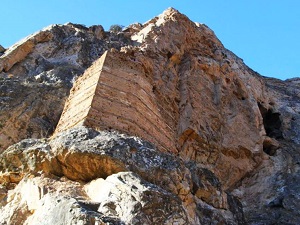
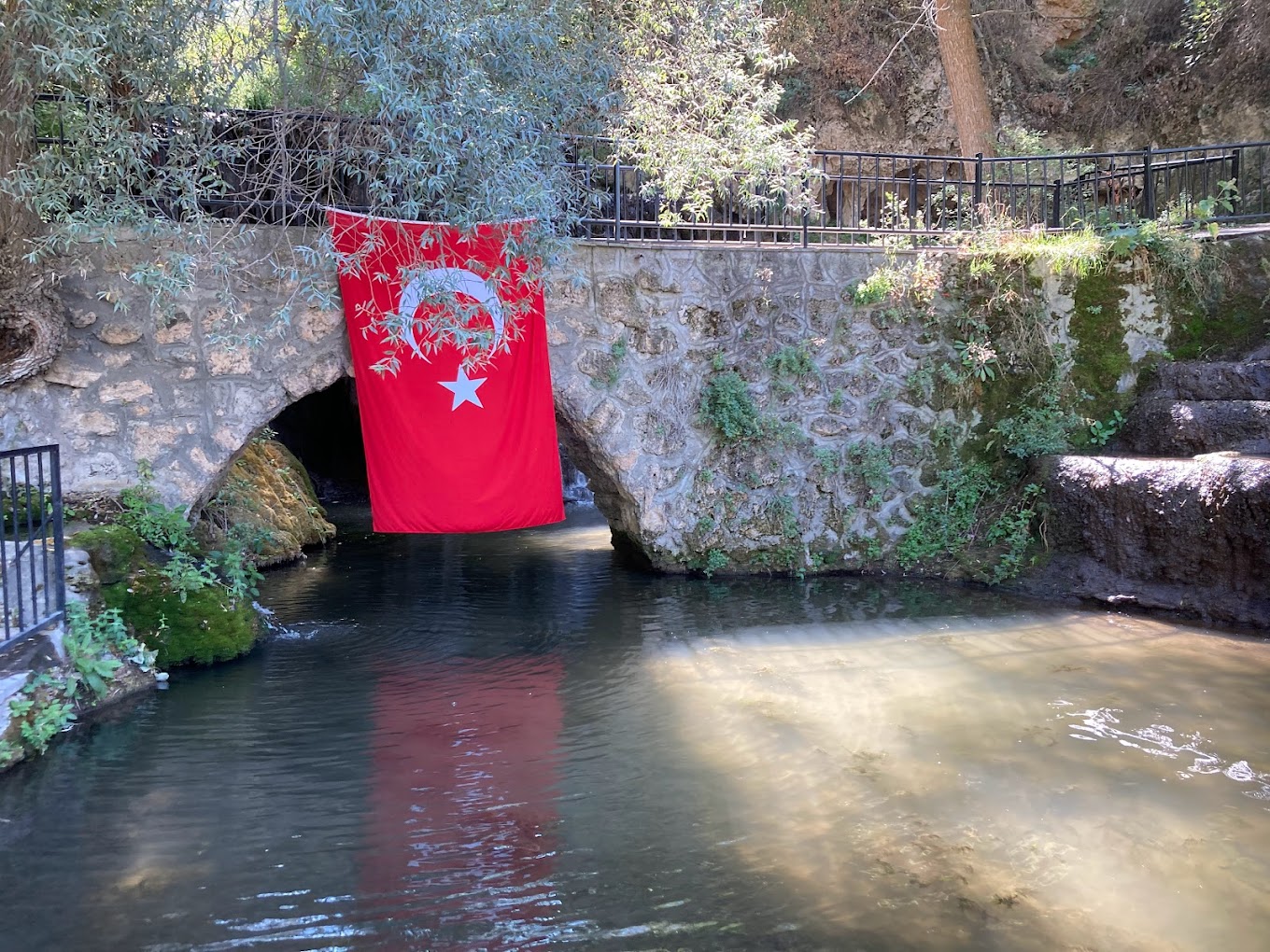
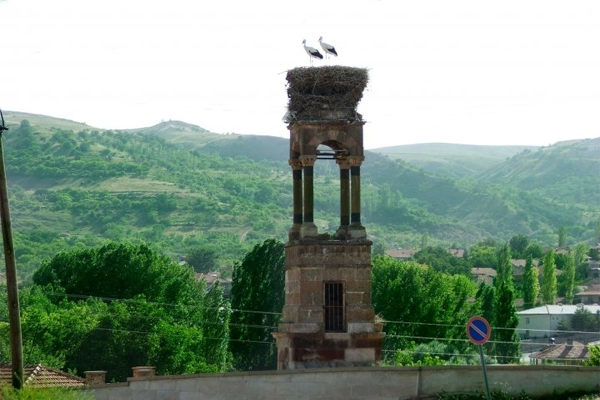
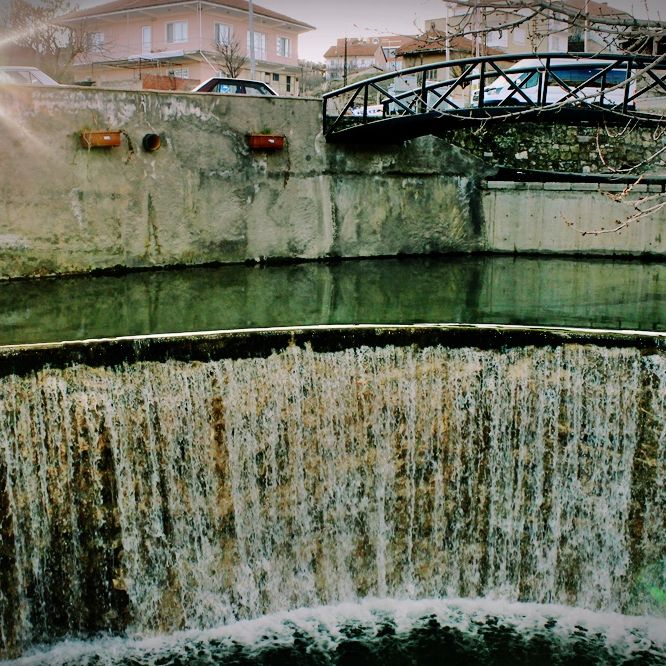
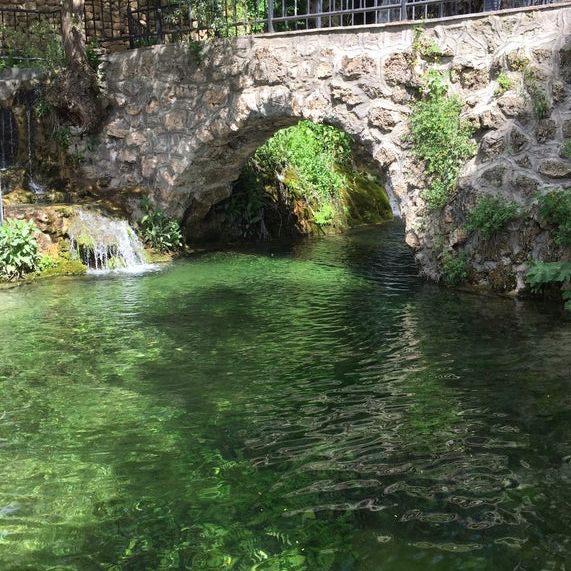
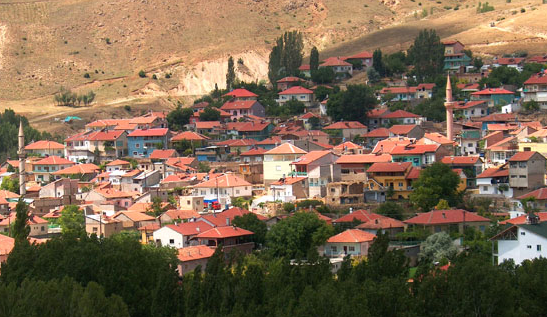
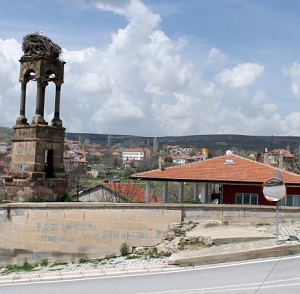

Leave Your Comments